Rebooting Museums (5)
By:
July 12, 2011
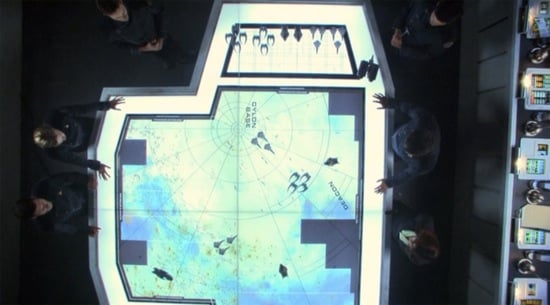
In Season 1, Episode 12 (“The Hand of God”) of Battlestar Galactica, the remaining ships of the Colonial Fleet are in dire straits; their fuel resources are dangerously low. Commander Adama decides to make an uncharacteristic move by risking an attack on a Cylon tylium (fuel) refinery. Why take this risk? He declares, in a conversation with President Roslin, “Sometimes we just need to roll the hard six.” However, he chooses to do so while isolating the majority of the fleet — he restricts who he puts into harm’s way. Adama’s argument is that sometimes high risk / high reward experiments are what survival requires.
Fifth in a series of posts using the rebooted Battlestar Galactica franchise as a lens through which to view museums’ challenge to reinvent themselves. (Series intro here.)
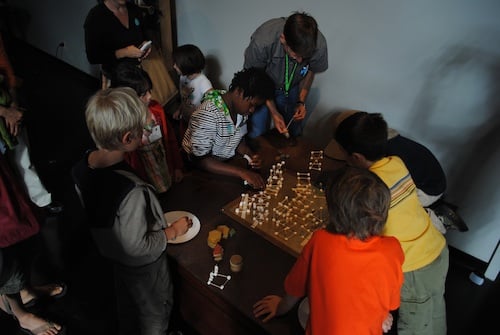
Some institutions are built on the theory of experimentation. The Exploratorium in San Francisco not only has the Institute of Inquiry, among other programs, but its whole build model includes active prototyping on the floor. As a different model, the Wellcome Trust (connected to the Wellcome Collection) in London hosted Crossover Lab in 2009, a multi-day “creative lab” that brought together leading forces from various fields “to form new interdisciplinary collaborations, to brainstorm, develop and prototype ideas for innovative projects” regarding science communication. And everything from Dutch architect Anne Holtrop’s recent “Temporary Museum (Lake)” project to the MoMA/PS1 Young Architects Program allow for the testing of spatial impact on visitors, even if there’s no intent for the structures to become permanent collections’ homes.
But, back to the BSG paradigm — how can we benefit from isolated experimentation? Also, should we be looking to institutions for inspiration or instead (or more so) to inspired individuals? Adama argues in a conversation with his strategic team, “We are not going to win this one by the book. I want Starbuck in here because she’s not weighed down by conventional thinking. With all due respect, we’re not as crazy as she is.”
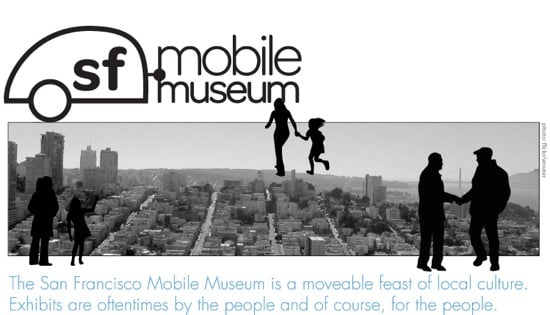
Though I make the reference to her inspired drive, not her sanity, one of exhibit design’s Starbucks may be Maria Mortati. In 2009, Mortati founded the San Francisco Mobile Museum. When she first told me about the project at the Museums and the Web conference in 2010, we stood on a trade show floor amid booths proclaiming their superiority in personal mobile device software design. The irony, of course, is that Mortati’s Mobile Museum is not technological at all. She designs small-scale exhibits, packs them up in her car, and travels to local public sites for temporary (for up to a day) display. Her project is a self-described Museum that is mobile in the old-fashioned sense of the term.
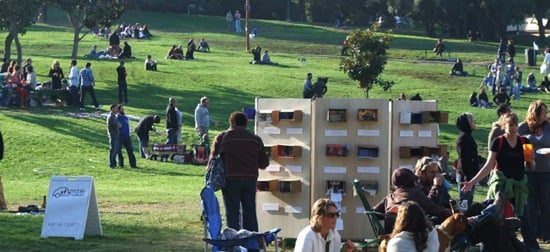
As she described the project to me, “For now, I have kept the same form of display because it was designed to break down to fit in my car. It’s a steel-framed, wood-faced, eight-panel system that can be reconfigured in a variety of ways.” Though the infrastructure remains constant, Mortati uses the paradigm to rapidly prototype various means of engagement with visitors. I asked her how the Mobile Museum influences her work designing permanent exhibits. According to Mortati:
It has reinforced the power of prototyping exhibits, both in having a place to express a concept, and a platform for mobile visitor feedback and observation. It gives me a better feel from the most fundamental to substantial: How much text do people really seem to read? What is the draw to get them to look and approach? How and for how long do they tend to stay at the exhibit, or an object? How do they seem to respond to the ideas they are encountering? Does the size work? What brought the most response? What’s easy to put up? What’s hard?
When I asked her why she started the Mobile Museum, she replied, “I needed a way to test out ideas both in terms of how people interact with exhibits as well as the exhibit content itself. I also wanted something that had it’s own identity, vs. being associated with me. That way, people would more likely perceive it as an informal institution (or platform) vs. a conceptual art piece by Maria Mortati. That was very important to enable me test out ideas around ‘museums’.”
Can potential visitors to our institutions perceive the concept of “museum” in nontraditional places? When I asked her what she thought the Mobile Museum had accomplished in terms of participants’ understanding of public space, she replied : “I hope that it gives them a sense of possibility. The public seems most willing to approach and engage it when it is in an explicitly public space vs. a studio space or empty storefront.” Possibly, the work of Mortati’s Mobile Museum (and other freewheeling experiments of this type) could not only benefit our own design methodology, but reshape the general public’s perception of museums and exhibit design.
Supporting Mortati’s claim for the need to create the ability for experimentation within our process, I was delighted to hear a similar sentiment repeatedly voiced at the recent Eyeo Festival. Many industry-revered interactive media designers argued that there’s no excuse not to prototype and test our creations — that, in fact, not to do so would be detrimental to the effectiveness of our products. So, how do we build the possibilities for supported experimentation into our design processes and overall culture? The experiences of Galactica may indicate that, in order to survive, we need to get a little crazy… and wander into the unknown.
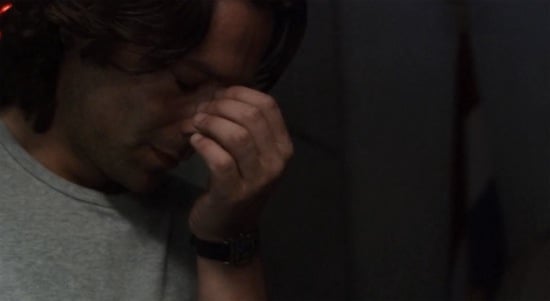
In the midst of Galactica’s attack on the refinery, Apollo flies his plane into the conveyer tunnel, hoping it will lead him to the refinery. His spontaneous change in tactics proves critically successful. However, hearing Apollo’s initial decision from the safety of the Galactica, Dr. Gaius Baltar proclaims, “Has he gone raving mad? There’s no way to ensure that [the path of the conveyer tunnel] does anything of the kind!” Upon being told of Apollo’s success, Baltar concedes.
“It did,” he acknowledges. “It worked.”
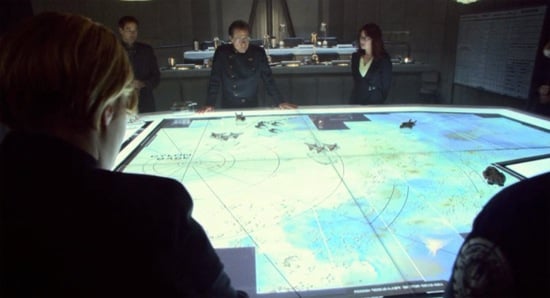
READ other HiLobrow series: ANGUSONICS — the solos of Angus Young | ARTIST IN RESIDENCE — HILOBROW’s favorite artists | BICYCLE KICK | THE BOOK IS A WEAPON — a gallery | CABLEGATE COMIX | CECI EST UNE PIPE — a gallery | CHESS MATCH — a gallery | DE CONDIMENTIS — a world-secret-historical take on ketchup, mustard, relish, and more | DIPLOMACY — a world-conquest boardgame musical | DOTS AND DASHES — a gallery | DOUBLE EXPOSURE — the stratagems of Middlebrow | EGGHEAD — a gallery | EPIC WINS — our versions of epic poems | FILE X — a gallery | FITTING SHOES — famous literary footwear | GOUDOU GOUDOU — adventures in Haiti | KIRB YOUR ENTHUSIASM — 25 Jack Kirby panels | LATF HIPSTER | MERIT BADGES — earn ’em! | MOULDIANA — the solos of Bob Mould | PANTENE MEME — a found gallery | PHRENOLOGY — the insane origin of browism | PLUPERFECT PDA — time-traveling smartphones! | POP ARCANA — spelunking weird culture | REBOOTING MUSEUMS | ROPE-A-DOPE — boxing | SECRET PANEL —Silver Age comics’ double entendres | SHOCKING BLOCKING — cinematic blocking | SKRULLICISM | UKULELE HEROES
